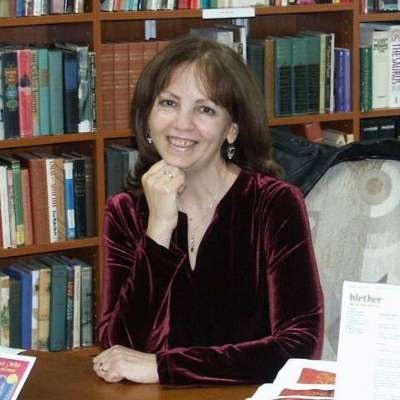In this four-part series, former Metropolitan Opera violinist Erica Miner shares histories, backgrounds and quirks of the world’s greatest opera stars.
1. Maria Callas. Born in New York City in 1923, Maria Anna Sofia Cecilia Kalageropoulos moved to Athens with her mother at the age of thirteen, debuted with Greek National Opera in 1941, La Scala in 1951, and the Met in 1956. She is regarded as the foremost catalyst of the bel canto revival of the 1950s. Despite her relatively short career, “La Callas” remains peerless as an opera diva. Playwright Noël Coward deemed her responsible for more music, art, and humanity than any other person in the 20th century. Leonard Bernstein called her the greatest artist in the world. She easily rebuffed her detractors’ criticisms with her dismissive, “If you don’t like the way I sing, stay home”. Nonetheless, our next diva did not hesitate to proclaim herself “a greater singer than Callas”.
2. Renata Scotto, a decade younger than Callas, made her operatic splash in 1952 in La Traviata in her home town of Savona, Italy, at the ripe old age of eighteen. She debuted at La Scala in 1953 with second billing to Tebaldi, but received more curtain calls than the established diva. Scotto’s big break came in 1957, when she created a sensation as a last minute substitute for Callas in the huge role of La Sonnambula, after which her career trajectory spiraled steadily upwards. Two decades later, she stepped over the line in an Opera News interview, declaring herself a greater singer than Callas. Retribution came during a Met “Live from Lincoln Center” telecast, when one rabid Callas fan shouted vociferously from the balcony, “Viva Callas!”
Post-retirement from the stage, Scotto has reinvented herself directing opera and teaching young singers in Europe and the States, and has received an honorary doctorate from the Juilliard School. She has also won the Opera News Award and Opera Tampa’s Award for her work promoting the cause of opera as an art form.
3. Renata Tebaldi may not have had a Callas temperament, but the sheer beauty of her voice endeared her to her fans. Born just one year after Callas in Pesaro, Italy, she developed polio at age three. In an attempt to build up her strength, especially in her lungs, her mother took her for voice lessons. The young girl not only recovered from her illness but also showed special musical talent. In 1946 Toscanini was so impressed with Tebaldi’s audition that he chose her to headline the postwar reopening concert at La Scala. She then debuted as Desdemona at the Met in 1955. A supposed rivalry between Tebaldi and Callas was likely a fabrication of the divas’ respective fan clubs, though Callas once purportedly told the press, “Comparing Tebaldi with me is like comparing Coke with champagne”. Nonetheless, Callas always went backstage after performances to congratulate Tebaldi.
4. Olive Fremstad knew no rival. Born Anna Olivia Rundquist in Sweden somewhere between 1861 and 1868 (like many divas, she often lied about her age) and raised in Minneapolis, she was not only a great Wagnerian in a day of many greats, she also was an actress of Shakespearean proportions. A true diva, she lived for her art to the extent that she was said to sulk alone when she was not on stage. She once said, “I spring into life when the curtain rises, and when it falls I might well die”. In eleven years at the Met, she sang 351 performances. To research the role of Salome, she went to the morgue to study the weight of the human head she would have to carry. Controversy seemed to follow her as well. The day after she sang in Carmen with Caruso in 1906, the earth shook violently in San Francisco. The 1907 Met premiere of Salome with Fremstad in the title role closed after only one performance. Her forced early retirement due to vocal problems did not go well, either. To demonstrate the workings of the human larynx to her students, she showed them a dissected human head in a jar of formaldehyde. They generally ran off as fast as possible in the opposite direction.
Next, Part 2: Marian Anderson’s legacy to female African-American singers.


